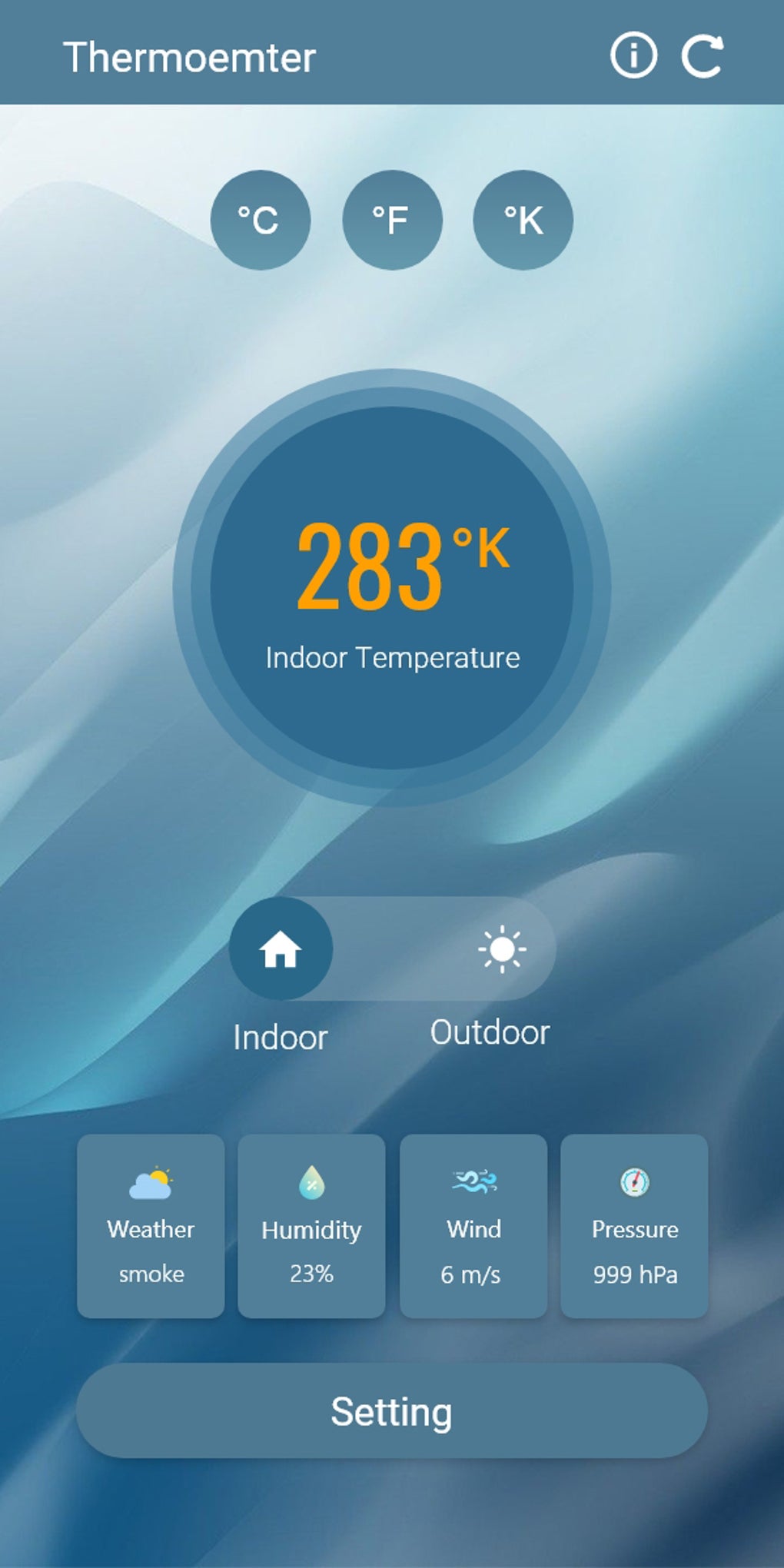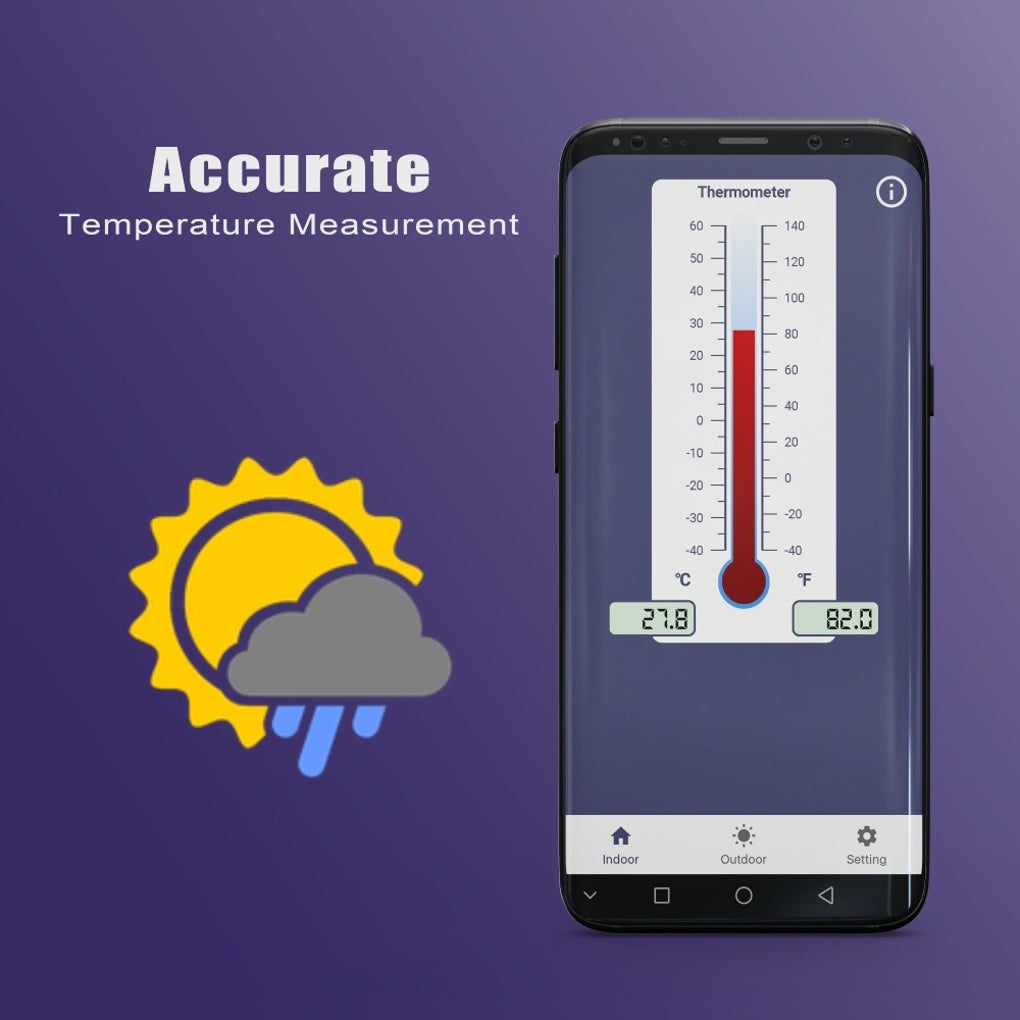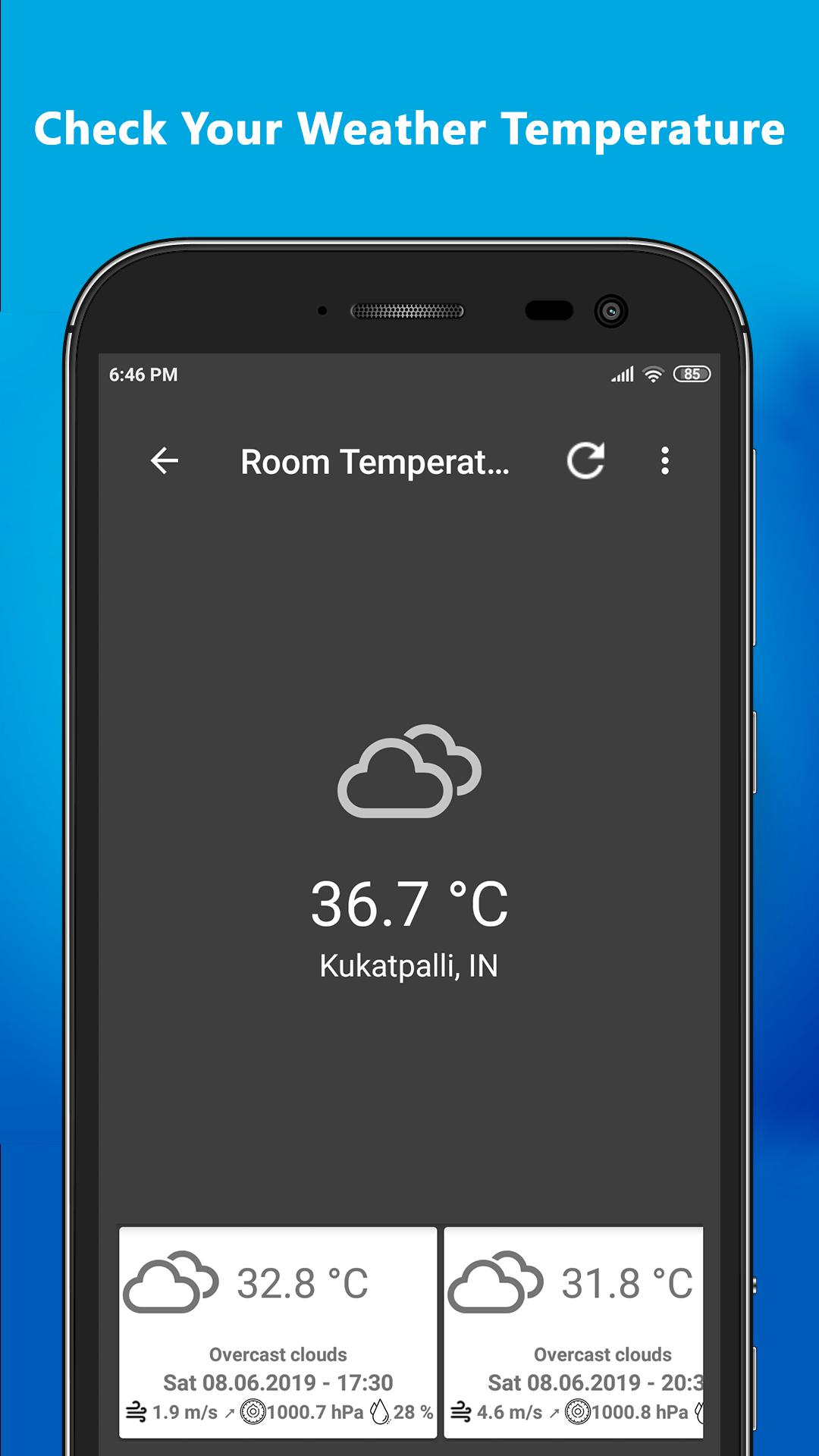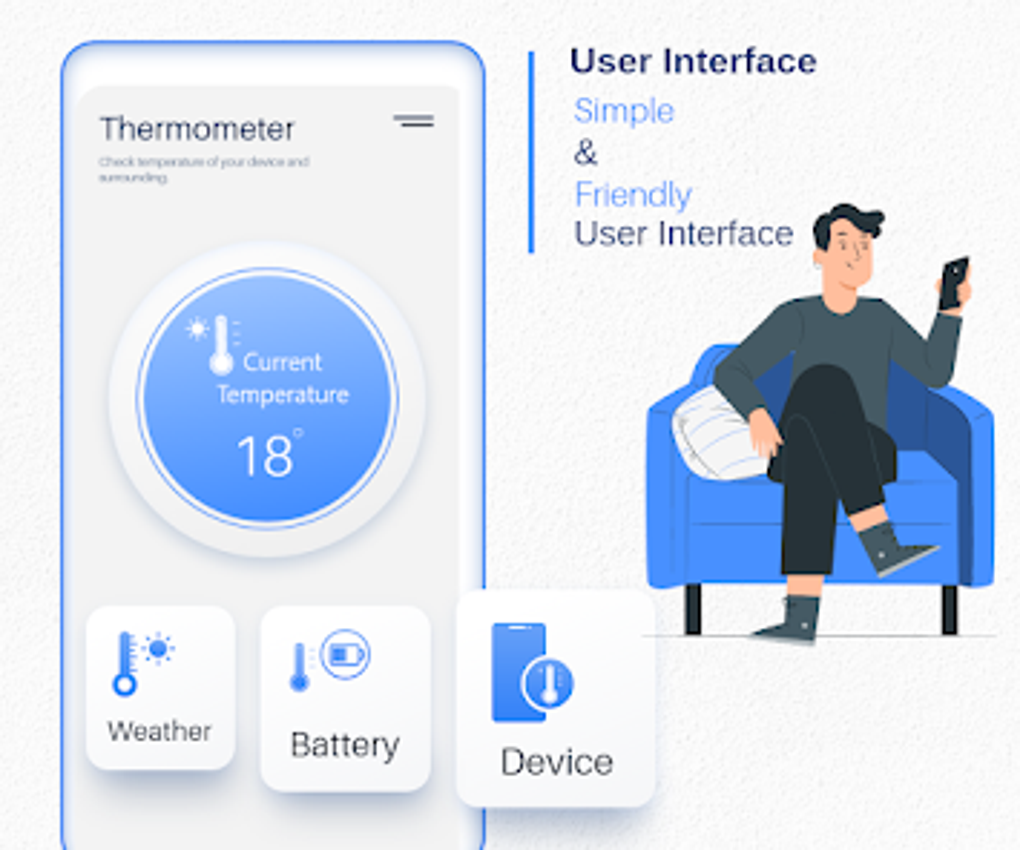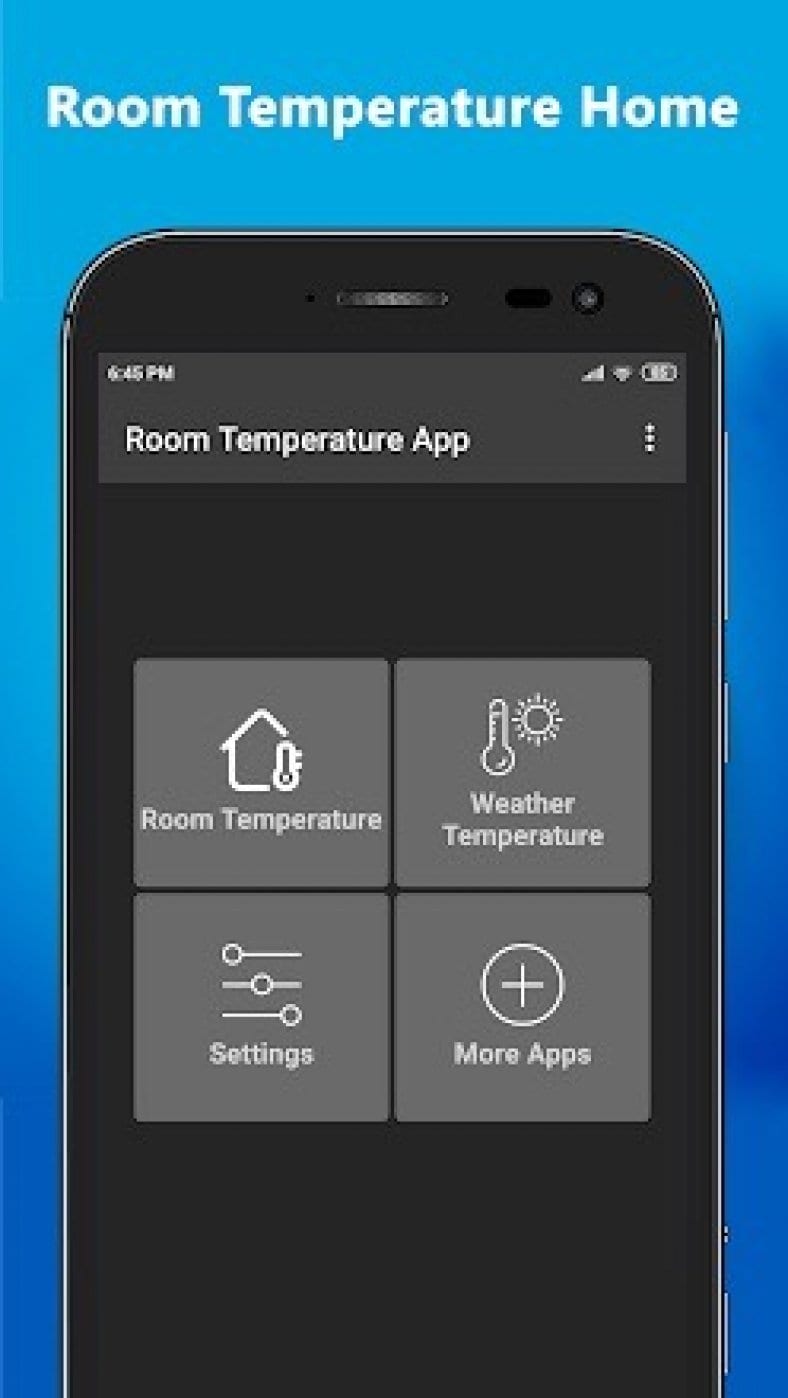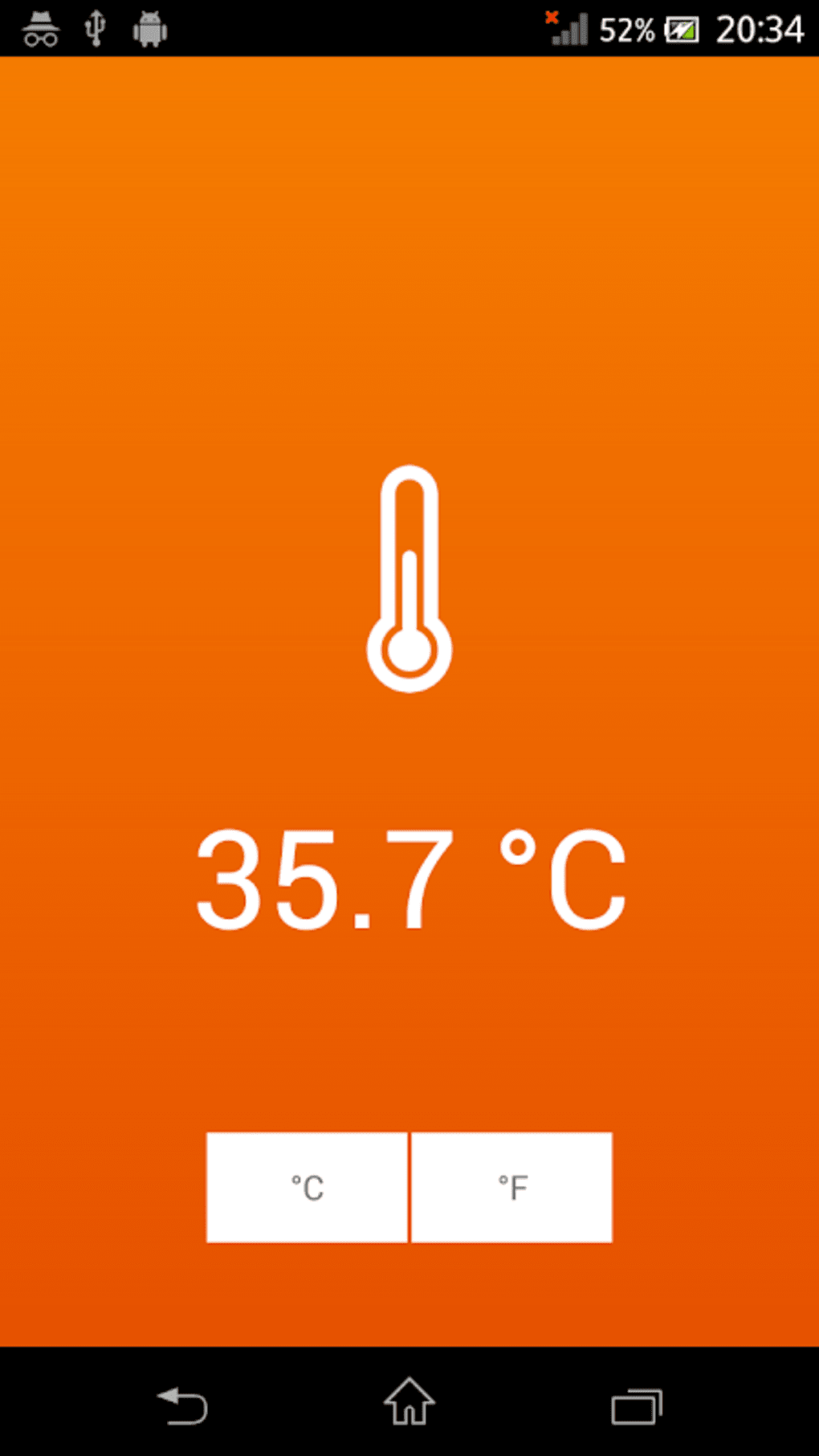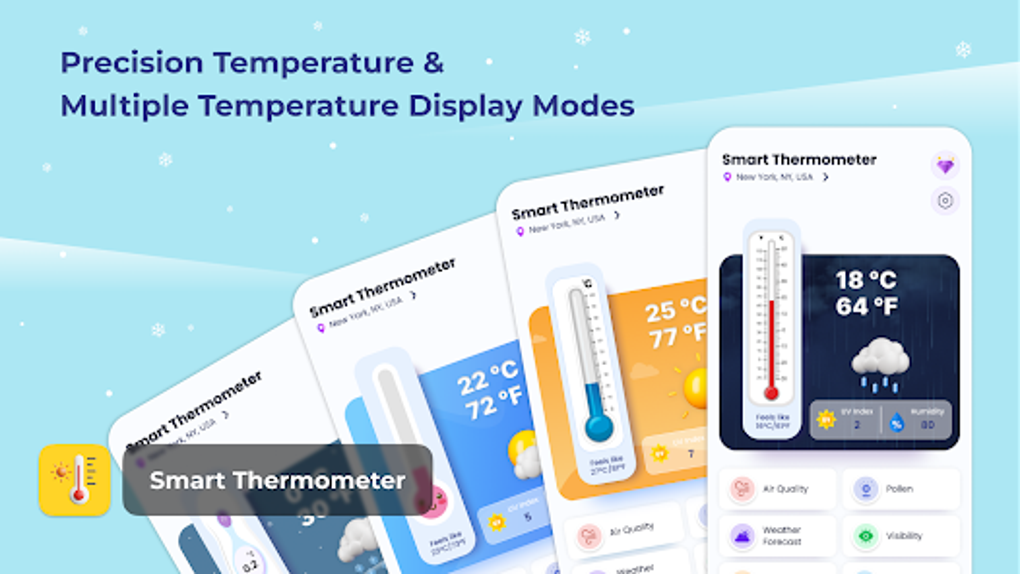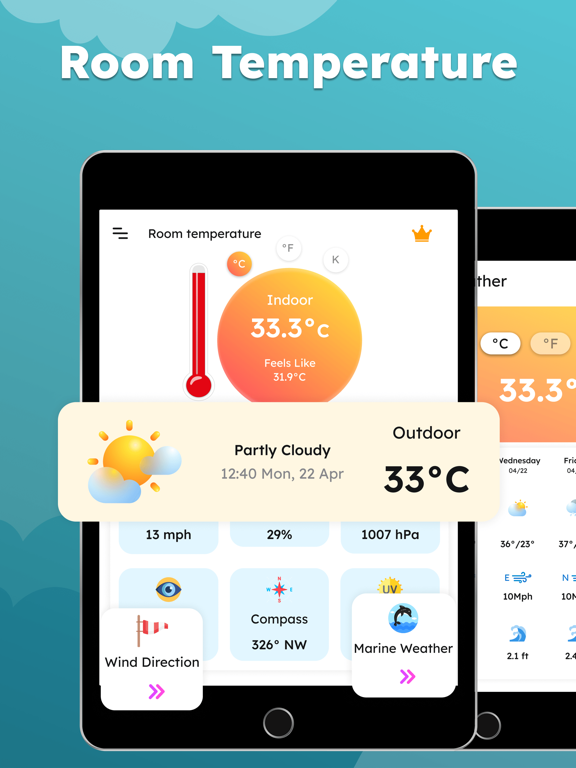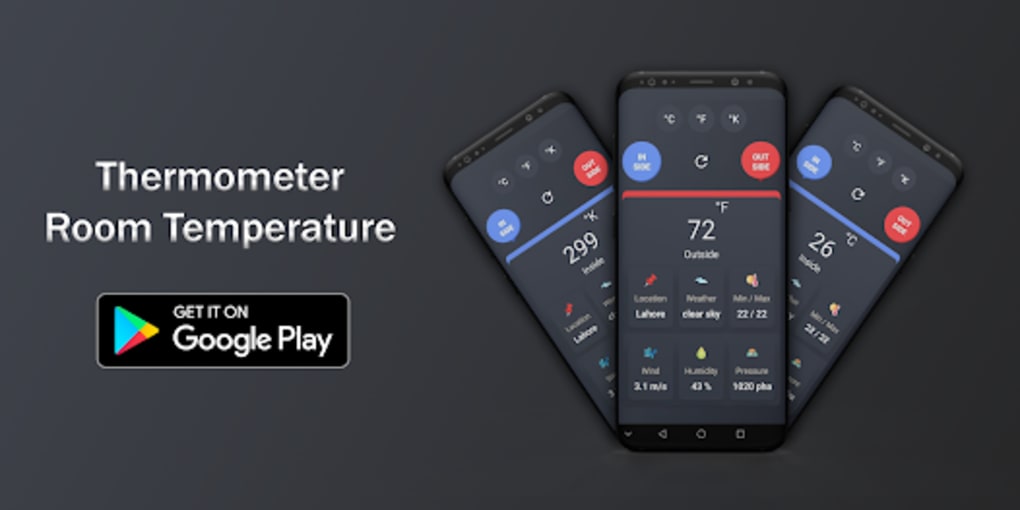Is There A Room Temperature App

Breakthrough reports are emerging: a room-temperature superconductor, a material once confined to the realm of extreme cold, may finally be within reach. The implications are staggering, potentially revolutionizing energy, transportation, and technology as we know it.
A room-temperature superconductor would conduct electricity with zero resistance, offering unprecedented efficiency. The current research, primarily focused in South Korea, is under intense scrutiny and replication efforts worldwide.
The LK-99 Claim: A Potential Game-Changer?
The team at the helm, led by Sukbae Lee and Ji-Hoon Kim from South Korea's Quantum Energy Research Centre, published papers claiming to have synthesized a modified lead-apatite crystal structure, dubbed LK-99.
These papers assert that LK-99 exhibits superconductivity at temperatures up to 127 degrees Celsius (400 Kelvin or 260 Fahrenheit).
This claim, if validated, would shatter long-held scientific barriers. The papers were published on the preprint server arXiv, sparking immediate global interest and debate.
The Scientific Scramble: Replication Efforts Underway
Scientists across the globe are racing to replicate the synthesis of LK-99 and verify its purported properties. The initial reactions have been mixed, with some labs reporting difficulties in reproducing the results.
Researchers at institutions in China and India have reported synthesizing materials similar to LK-99, but the results regarding superconductivity are still preliminary and require further validation.
"It's crucial to emphasize that these are early stages," stated Dr. Jane Williams, a materials scientist at the University of Oxford, in a recent interview. "Independent verification is absolutely essential before we can definitively claim a breakthrough."
Why is Room-Temperature Superconductivity So Significant?
The potential impact of a verified room-temperature superconductor is immense. Imagine power grids with virtually no energy loss during transmission.
Consider ultra-fast, energy-efficient computing and levitating trains that consume minimal power. MRI machines that are cheaper to use and maintain.
These are just a few of the potential applications that could reshape industries and improve lives globally. The absence of electrical resistance leads to enormous energy savings.
The Challenges and Skepticism
Despite the excitement, skepticism remains a significant factor. The scientific community demands rigorous, peer-reviewed validation before accepting the claims.
Reproducibility is paramount. Other research groups need to be able to consistently synthesize LK-99 and observe the same superconducting properties.
The original papers themselves have faced scrutiny regarding data quality and experimental methodology. This is a common challenge in cutting-edge scientific research.
Who is Involved and Where is the Research Happening?
The core research team is based at the Quantum Energy Research Centre in South Korea. However, the scope of the investigation is now global.
Labs in China, India, the United States, and Europe are actively involved in replicating and analyzing LK-99. The urgency is palpable across the scientific landscape.
Professor Shin-bae Kang at Korea University is also named on the published papers. The scientific world watches on eagerly for updates from these institutions.
How Does LK-99 Work (According to the Claims)?
The proposed mechanism involves a structural distortion caused by copper doping in the lead-apatite. This distortion is believed to create a pathway for electron pairing, enabling superconductivity.
This is a simplified explanation, and the exact mechanism is still under investigation, even by the original researchers.
Further experiments and theoretical modeling are needed to fully understand the underlying physics. This information is from available publications by the researchers.
The Next Steps: Verification and Validation
The immediate priority is independent verification of the claimed superconducting properties of LK-99.
Expect a flurry of publications in the coming weeks and months as researchers worldwide publish their findings. The scientific process is unfolding in real time.
The future of this potential room-temperature superconductor hinges on these ongoing replication and validation efforts. Stay tuned for further updates as this story develops.
